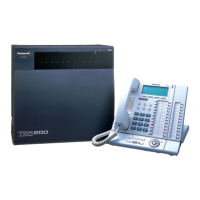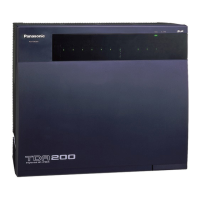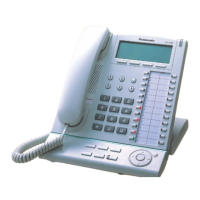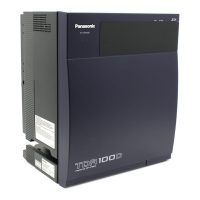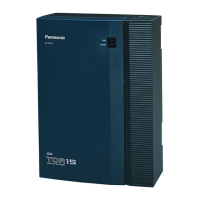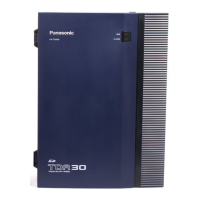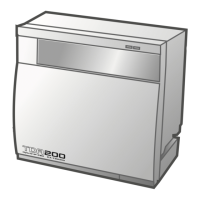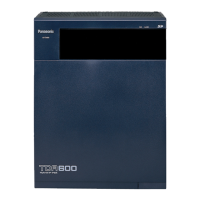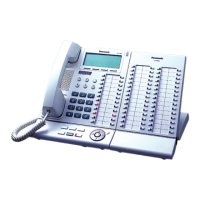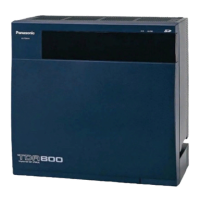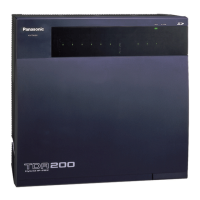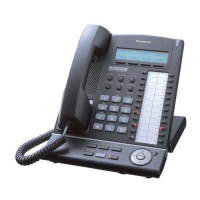How to fix Panasonic PBX extension that does not operate?
- BbradleywallaceJul 30, 2025
If a Panasonic PBX extension isn't working, several factors could be responsible. It might be due to a bad extension card, in which case you should exchange the card for a known working one. Another cause could be a bad connection between the PBX and the telephone; try plugging the telephone into the same extension port with a short cord to test this. If the telephone works, the connection needs repair. Ensure you're not using a telephone with an A-A1 relay connected with the wrong cord or switch position; use a 2-wire cord and set the A-A1 relay switch to the 'OUT' or 'OFF' position. Also, test the telephone on another working extension port; if it still fails, replace the telephone. Finally, check that the PSU is the correct type and replace it if necessary.
